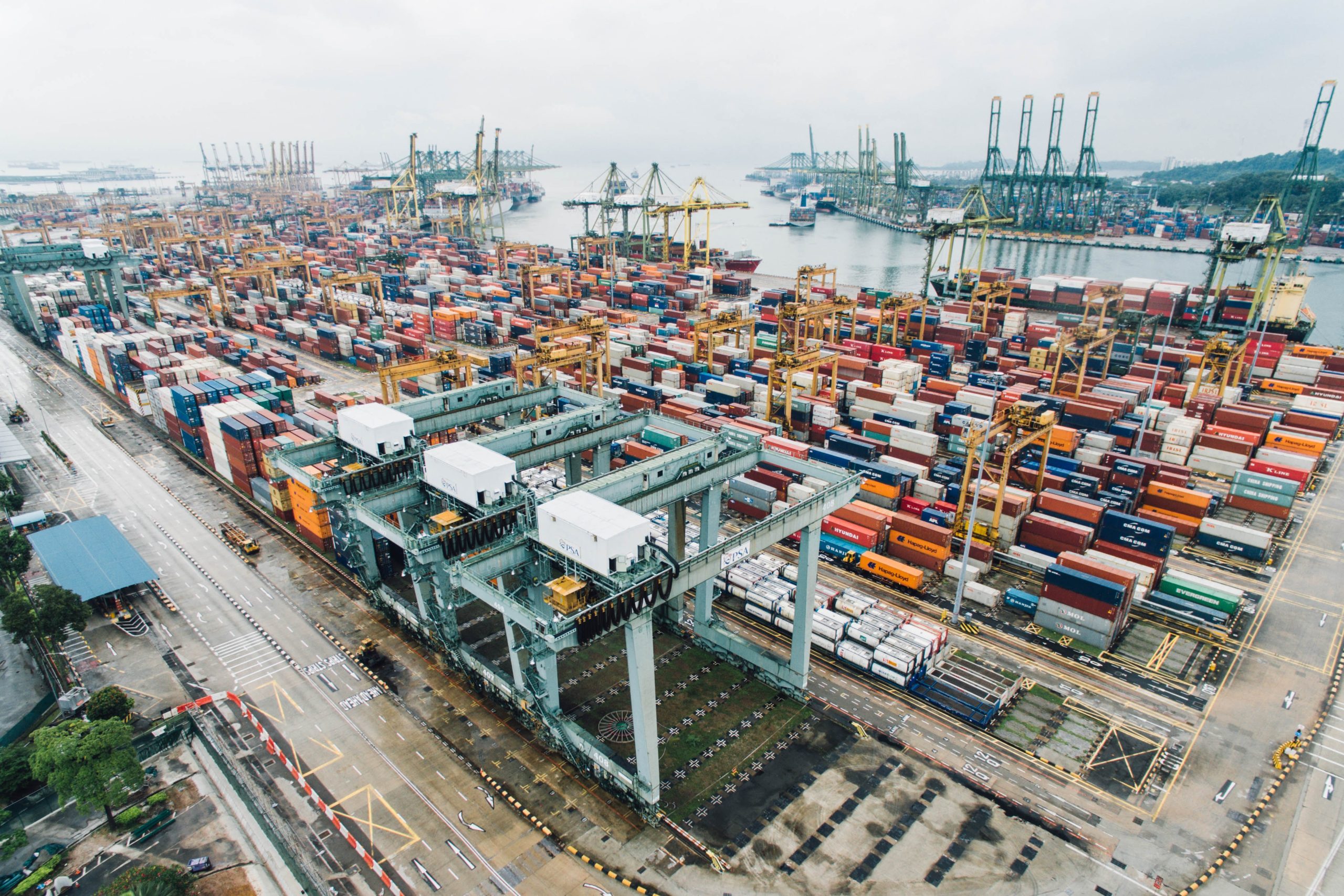Supplychainquarterly.com, James R. Stock, Ph.D., Paola Signori, Gyöngyi Kovács, and Britta Gammelgaard, May 30, 2023
Facing greater pressure to be more sustainable, companies are looking for ways to make their supply chains more environmentally friendly. While efforts focused on transportation, warehousing, and procurement practices can have a major effect, so too can initiatives addressing packaging, reverse logistics, and technology.
Society is demanding that companies and the products they sell become more sustainable. Logistics management has a significant role in making that happen. By making changes in how they transport, store, package, and source products, companies can significantly reduce their environmental footprint.
In the first article on this topic, which appeared in our Q1 2023 issue, we defined “sustainability” as the ability to meet the needs of current generations without compromising the ability of future generations to meet their needs. To accomplish this, many experts recommend thinking about sustainability from a “triple bottom line” perspective, where companies consider their impact in three key areas: “people, planet, and profit.”
But although there is growing pressure from consumers, shareholders, and employees to increase sustainability in the supply chain, many companies struggle to know which initiatives to pursue. This two-part series attempts to provide a collection of best practices that could be implemented by multiple organizations and accomplished quickly and/or at a reasonable cost. For our first article, we examined sustainability best practices in: (1) purchasing/procurement; (2) transportation; and (3) warehousing. In this follow-up article, we examine additional areas of logistics management sustainability: (1) packaging; (2) reverse logistics, product returns, and recycling; and (3) technology.
PACKAGING
Sustainability has been a driving trend in the packaging space for many years and is only expected to grow in importance. Environmentally friendly products and packaging is especially important to millennials, who will represent the largest consumer segment by 2026, with an estimated 46% of the market.1
Packaging utilizes many materials, including paper, cardboard, and plastics as well as a number of others. Many sustainable packaging initiatives are focused on plastic packaging due to the climate and environmental pollution issues associated with plastic’s creation and disposal. The production of the majority of plastics used today currently requires the consumption of nonrenewable fossil fuels and produces significant carbon dioxide emissions. At the other end of the product life cycle, almost 95% of plastic packaging is lost to the economy after being used one time.2
There have been several research efforts focused on making plastic production more sustainable. Chemists at the University of Toronto and Stanford University, for example, have produced small quantities of plastics from CO2, water, and electricity instead of using fossil fuels.3 However, there is still a long way to go in these and other approaches to creating renewable plastics.
To access the full article, click here.







